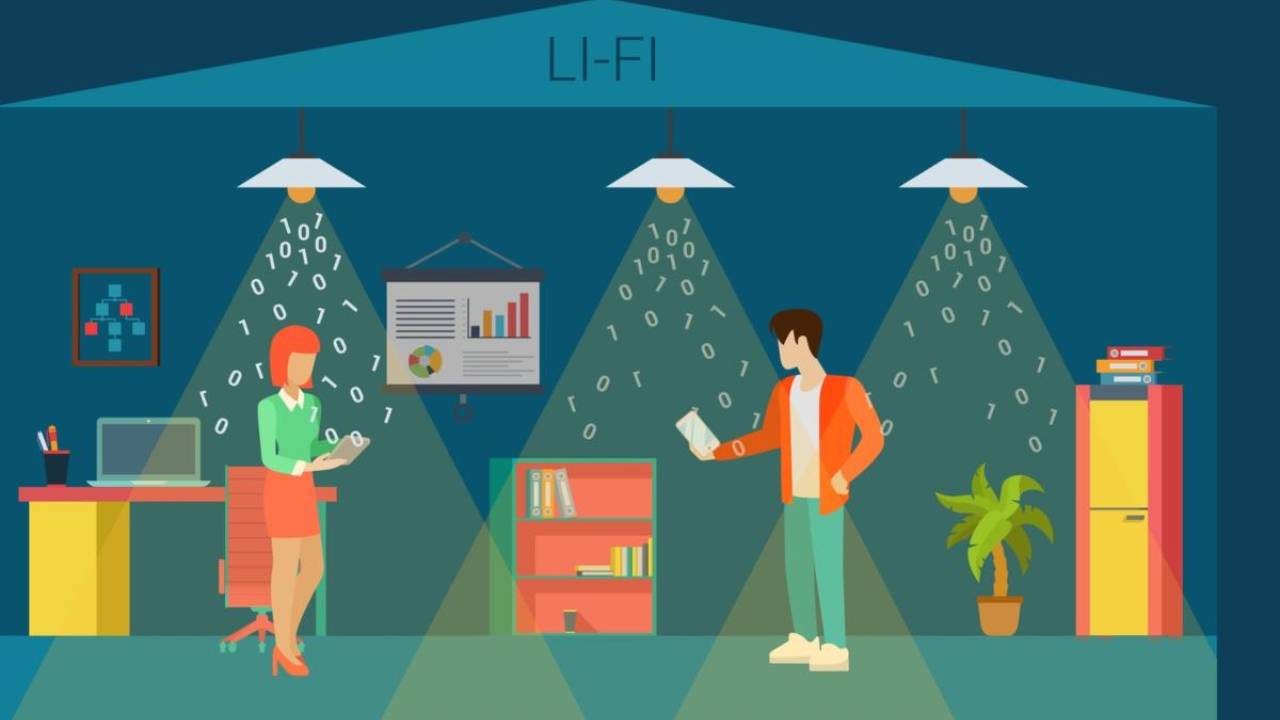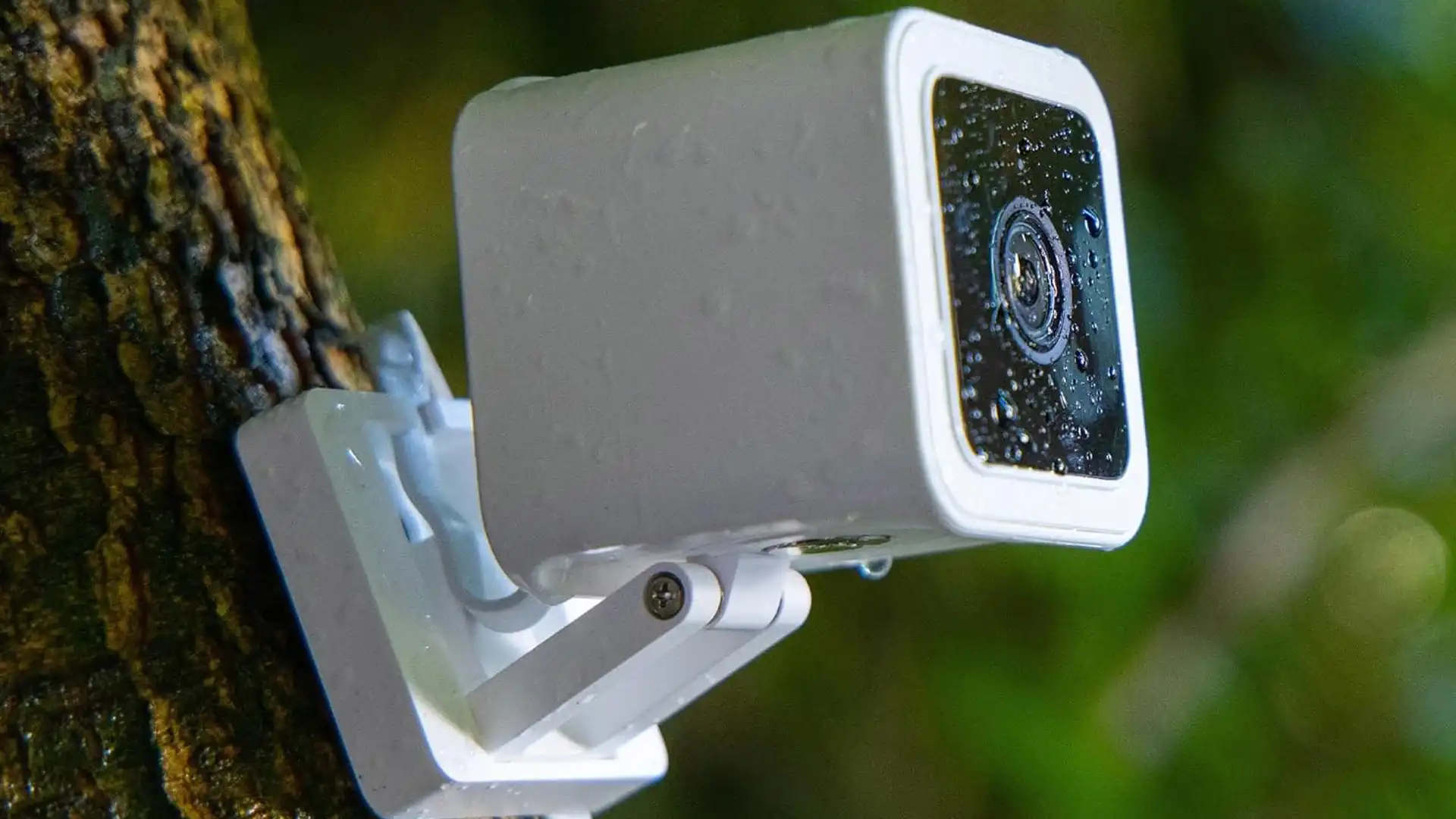
A groundbreaking technology is on the horizon, poised to revolutionize the way we connect to the internet. Known as Light Fidelity, or Li-Fi, this technology offers distinct advantages over traditional Wi-Fi, but it’s still too early to predict its full impact on home broadband. So, what exactly is Li-Fi, and how does it work?
What is Li-Fi?
Li-Fi, short for Light Fidelity, leverages light to transmit data. Unlike Wi-Fi, which uses radio waves, Li-Fi relies on visible light for wireless communication. This approach can theoretically achieve speeds up to 100 times faster than Wi-Fi. The concept originated in the early 2000s, with German physicist Harald Haas and his team laying the groundwork for this technology. A major milestone occurred in 2008 when the French company Oldecomm began its own experiments with Li-Fi. Recently, Europe launched the Ariane 6, conducting four experiments, including one focused on testing Li-Fi technology in space.
How does Li-Fi work?
Li-Fi operates as a Visible Light Communications (VLC) system, where data is transmitted from LED light bulbs. These bulbs emit light pulses that carry information, similar to Morse code, though the human eye cannot detect this process. Devices equipped with compatible sensors can then decode this information, enabling rapid data transfer.
Implications for the Internet
While Wi-Fi has continually evolved since its debut in 1996—with advancements like Wi-Fi 6, 6E, and the upcoming Wi-Fi 7—Li-Fi introduces an entirely different paradigm. Its high-speed data transmission is particularly beneficial for applications like smart cities, virtual reality, 4K streaming, and online gaming, where low latency is critical. Moreover, Li-Fi’s reliance on light rather than radio frequencies eliminates electromagnetic interference, potentially making it a safer option for home use.
Despite its promise, Li-Fi is still in its infancy. We may not see its true impact until it is fully integrated into the digital landscape.
Advantages and Challenges
Li-Fi’s strengths lie in its speed, energy efficiency, and enhanced security due to its reliance on light. However, its dependence on visible light limits its range to confined spaces, and only a few devices currently support the technology. Additionally, Li-Fi cannot address issues related to slow internet speeds from service providers.
Future Prospects
Although Li-Fi remains in the research phase, its potential has sparked interest across various industries, from defense to aviation. Key players like VLNComm and Signify are actively working on developing the technology, which could see mainstream adoption within the next few years. However, widespread implementation will depend on continued investment and innovation.
Li-Fi offers a glimpse into the future of wireless communication, but it’s too early to determine if it will replace Wi-Fi entirely. As research progresses, we’ll continue to monitor its development and keep you informed on the latest breakthroughs.




